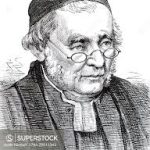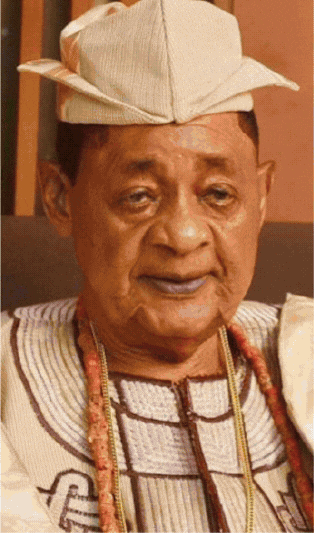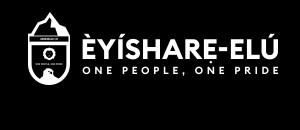The religious language that lay dormant for millennia is now global, used by millions of people around the world—including in China. The religious language that lay dormant for millennia is now global, used by millions of people around the world—including in China.
That may have seemed almost impossible less than 150 years ago, when the language was thought to exist only in ancient religious texts.
For some two thousand years, Hebrew lay dormant as Jewish communities scattered across the globe, and adopted the languages of their new homes. By the late 1800s, Hebrew vocabulary was limited to archaic and religious concepts of the Hebrew Bible—and lacked words for everything from “newspaper” and “academia” to “muffin” and “car.”
Here’s a look at the bumpy road to modernizing Hebrew and the debates that surround its continuing evolution today.

Hebrew never really died
The Jewish people were once known as Hebrews for their language, which flourished from roughly the 13th to second centuries B.C.—when the Hebrew Bible, also known as the Old Testament, was collected. Hebrew was used in daily life until the second century B.C. at latest, experts believe.
But beginning in the second century B.C., Jewish people became increasingly ostracized and oppressed. Through the rise and fall of Rome, the Middle Ages, Renaissance, and beyond, they were forced to migrate around Europe and adopted the language of the country they were in. They also formed new languages like Yiddish, which mixed Hebrew, German, and Slavic languages.
Still, the Jewish people were known as “People of the Book.” As part of traditions like studying the Torah and reading it aloud, Jews continued to learn Hebrew to read from the Bible and written Hebrew lived on for more than a millennium mostly through religious practice.
There were exceptions: more educated Jews exchanged messages in Hebrew, sometimes between merchants for records of business, says Meirav Reuveny, a Hebrew language historian at the Hebrew University of Jerusalem. A 10th-century trove of documents showed that some women, a group generally confined to domestic duties at the time, also wrote letters, exchanged legal documents, and recorded business in Hebrew. From the 10th to 14th centuries, there was an explosion of secular Hebrew poetry in Andalusia, Spain.

Waking the giant
In the 19th century, most Jews in Europe were still second-class citizens when a new movement emerged that looked to Hebrew as a way to inspire hope through the Jewish people’s glorious past, Reuveny says. Hebrew revivalists wanted to expand the language beyond the abstract concepts in the Bible—they wanted to use it to talk about modern events, politics, philosophy, and medicine.
Among the leaders of the movement was Eliezer Ben-Yehuda, credited as the father of Modern Hebrew.
“One person cannot invent a language,” Reuveny says. “But he makes a good hero, something important for a social movement.”
Ben-Yehuda was born in 1858 in Lithuania, where Jews were heavily discriminated against and violent pogroms terrorized Jewish communities regularly. When Ben-Yehuda traveled to Paris in 1878, he was empowered by the growing Jewish nationalist movement he witnessed there.
He believed Jews needed a country and language to flourish. He moved to Jerusalem in 1881, where he and his wife made the decision to only speak Hebrew—despite missing words for essential modern items and concepts. They raised their son Itamar Ben-Avi to be the first native Hebrew speaker in almost 2,000 years.





